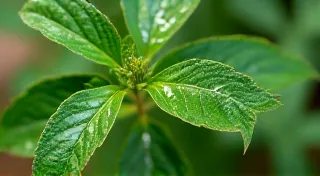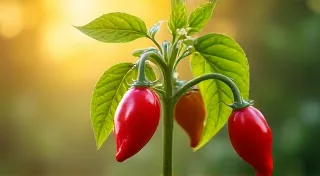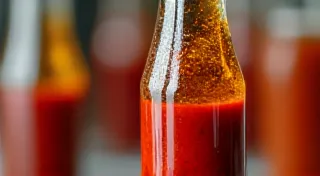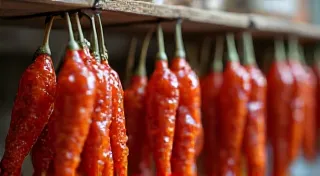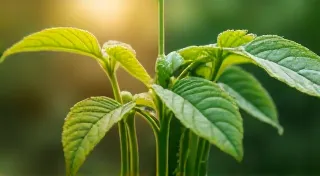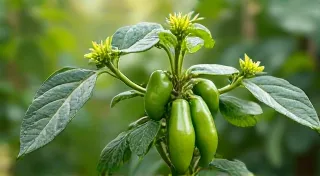Making Hot Sauce: A Beginner's Guide Using Your Specialty Peppers
So, you’ve nurtured your specialty pepper plants – the ghost peppers, scotch bonnets, habaneros, and more – and now you’re facing a bumper crop! What to do with all those fiery fruits? Making hot sauce is the perfect solution, allowing you to preserve your harvest and enjoy the heat throughout the year. This beginner's guide breaks down the process into simple, manageable steps. Don't be intimidated – it's surprisingly easy!
Understanding the Basics: Heat, Flavor, and Acidity
Before diving into the recipe, let's briefly cover the key ingredients and their roles:
- Peppers: The star of the show! The type and amount of peppers you use will directly influence the heat level of your hot sauce.
- Vinegar: Essential for preservation and to balance the heat. White vinegar, apple cider vinegar, and rice vinegar are common choices. Each imparts a slightly different flavor profile.
- Salt: Not only adds flavor, but also acts as a preservative.
- Optional Ingredients: Garlic, onion, fruit (mango, pineapple), ginger, and spices can be added to customize your hot sauce's flavor.
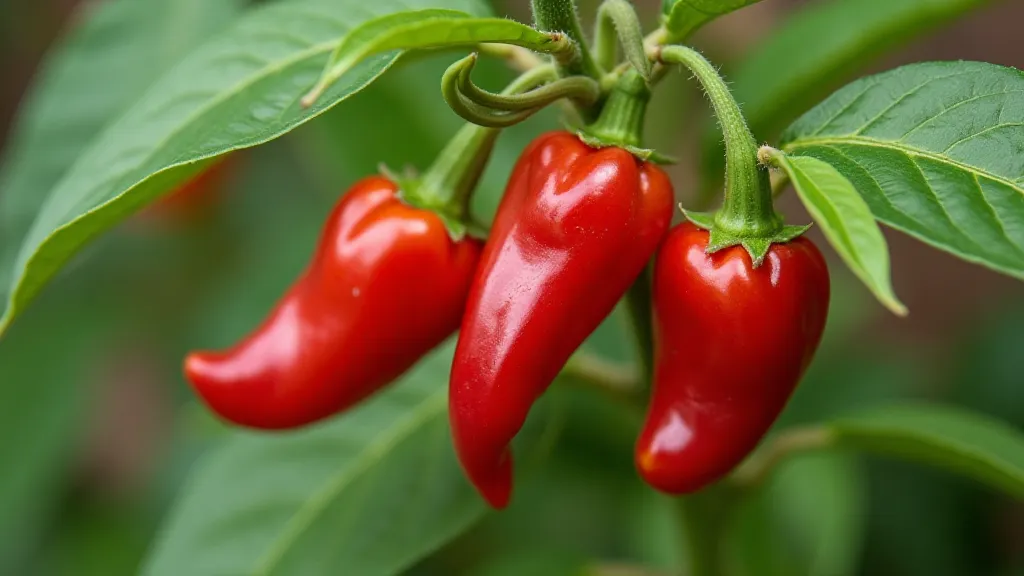
A Simple Hot Sauce Recipe
This recipe is a great starting point. Feel free to adjust the ingredient ratios to suit your preferences. Remember to wear gloves and eye protection when handling hot peppers!
Ingredients:
- 1 pound specialty peppers (combination of varieties is encouraged!)
- 1 cup vinegar (white or apple cider vinegar recommended)
- 1 teaspoon salt
- 1 clove garlic (optional)
- 1/2 small onion (optional)
Instructions:
- Prepare the Peppers: Wash and roughly chop the peppers. Remove stems. Important: Ventilate your workspace and avoid touching your face!
- Combine Ingredients: Place the chopped peppers, vinegar, salt, garlic (if using), and onion (if using) into a food processor or blender.
- Blend: Process until completely smooth. If using a blender, you may need to scrape down the sides a few times.
- Strain (Optional): For a smoother hot sauce, strain the mixture through a fine-mesh sieve lined with cheesecloth. This step removes the seeds and some of the pulp. However, many prefer the texture of unstrained hot sauce.
- Bottle and Age: Pour the hot sauce into sterilized glass bottles. Seal tightly. Let the hot sauce age in a cool, dark place for at least 2 weeks (longer is better!). The flavor will mellow and deepen over time.
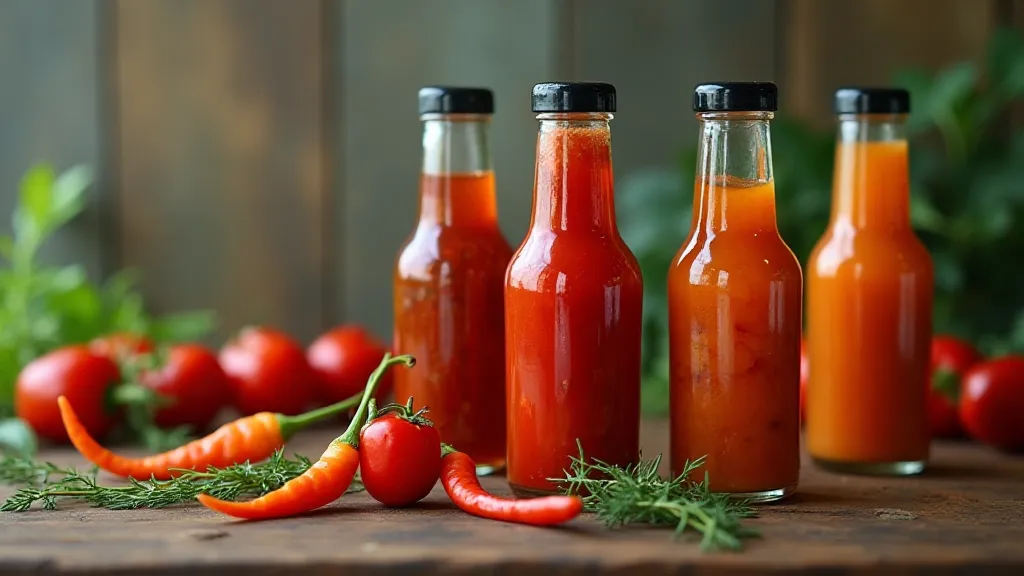
Safety First!
Working with hot peppers can be risky. Here are some essential safety precautions:
- Wear Gloves: Protect your skin from the capsaicin (the compound that makes peppers hot).
- Eye Protection: Capsaicin can irritate your eyes. Safety glasses or goggles are a good idea.
- Ventilation: Process the peppers in a well-ventilated area to avoid inhaling the fumes.
- Avoid Touching Face: Capsaicin can linger on your skin and cause discomfort if it comes into contact with your eyes, nose, or mouth.
- Cleanliness: Thoroughly clean all utensils and surfaces that come into contact with the peppers.
Experiment and Customize
This recipe is just a starting point. Once you’re comfortable with the basic process, experiment with different pepper varieties, vinegars, and spices to create your own signature hot sauce. Try adding a touch of sweetness with fruit, or a smoky flavor with smoked paprika. The possibilities are endless!
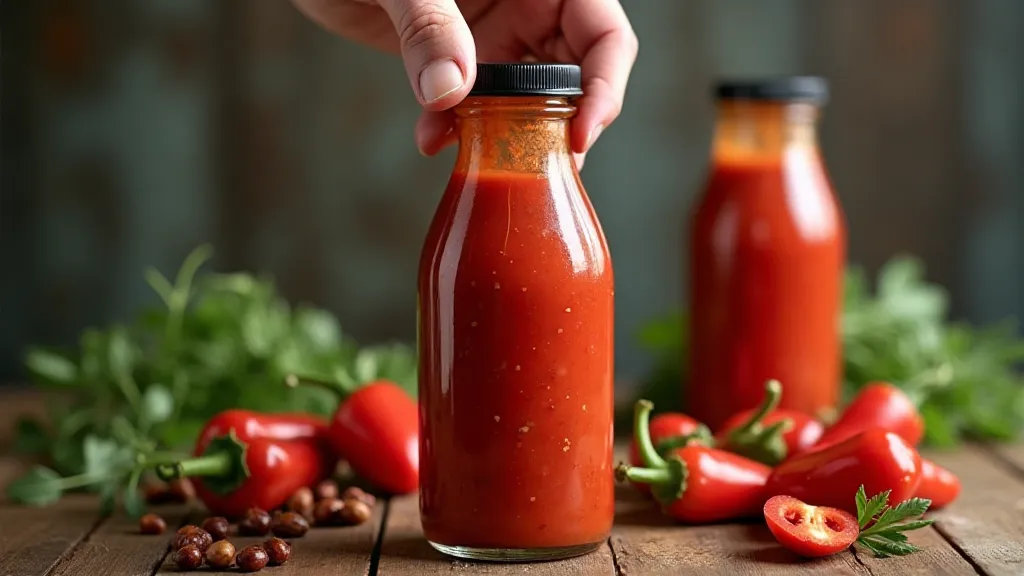
Storing Your Hot Sauce
Properly stored hot sauce can last for a very long time. Keep it in a cool, dark place. Once opened, store it in the refrigerator. While the vinegar acts as a preservative, refrigeration helps maintain its quality and flavor.
